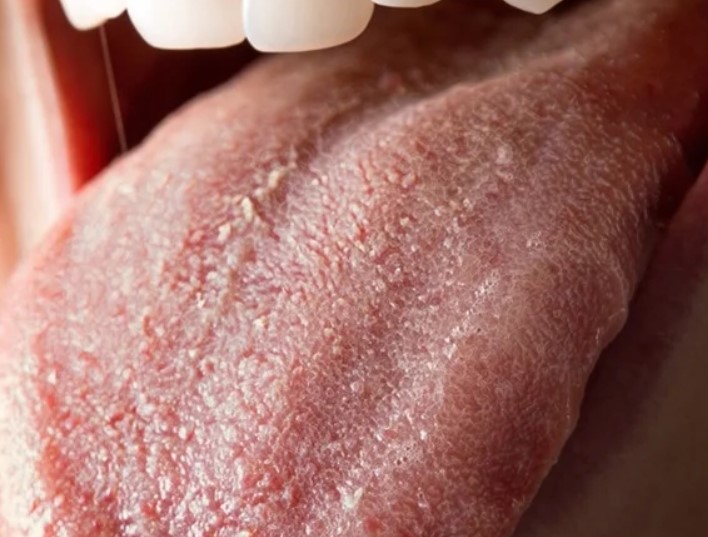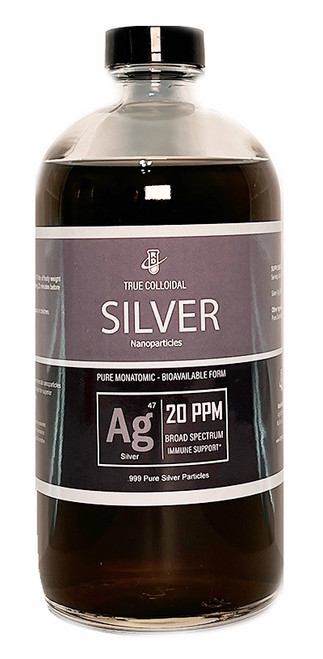Product Description
WHAT IS CANDIDA?

Candida albicans is a type of yeast that lives naturally in your gastrointestinal tract and other parts of your body. Usually, Candida yeast is kept in check by the ‘friendly’ bacteria in your gut and elsewhere, so it doesn’t cause any problems.
But if the balance between your good and bad bacteria is disrupted, Candida can grow out of control. This can lead to all sorts of unpleasant health issues.
Candida overgrowth isn’t just a yeast infection (although these are pretty nasty!). Candida can affect your energy levels, cognition, skin, digestion, and even your mood.
Sufferers also report joint pain, sinus infections and weakened immunity.
DO YOUHAVE CANDIDA OVERGROWTH?
Many people who have gut imbalances like Candida overgrowth don’t even realize it. That’s why it's important to know the symptoms so you can treat it as soon as possible!
1. RECURRING YEAST INFECTIONS

Recurring yeast infections are the most obvious sign of Candida overgrowth. It’s estimated that more than 75% of women will get a vaginal yeast infection at some stage in their lives, while almost 40% will have two or more yeast infections.
Symptoms of a vaginal yeast infection typically include itching, pain during intercourse, white discharge, and unpleasant odor.
The problem with this particular yeast is that it can spread to different areas around your body. Even if your vaginal infection has cleared up, the presence of the yeast in your gut may result in recurring yeast infections throughout your body. These could manifest as oral thrush or fungal skin infections.
2. CHRONIC FATIGUE

Feeling tired all the time isn’t normal. It could be that a gut imbalance is affecting your energy levels.
One way this can happen is if Candida albicans is interfering with the way your body absorbs nutrients.
The healthy bacteria in your gut are responsible for breaking down the food you eat into vitamins and minerals.
The food you eat can pass through your gut without being properly broken down and your body can fail to absorb the nutrients they contain.
Over time, this can lead to fatigue as your body simply doesn’t get the fuel that it needs.
Candida overgrowth has been linked to deficiencies in magnesium, iron, vitamin A, and vitamin B6. Low levels in these nutrients often lead to poor energy production.
3. BRAIN FOG
Candida albicans produces a toxic metabolite called acetaldehyde.
Usually your liver will process and remove it, but excess levels of acetaldehyde in your bloodstream can overwhelm your liver’s capability to do that.
Acetaldehyde can affect your mental focus by interfering with the red blood cells that carry oxygen to your brain. If your brain is getting less oxygen, you are less able to think clearly.
Worse, acetaldehyde can damage nerve cells in a similar way to chronic alcoholism or Alzheimer’s disease.
4. POOR DIGESTION

An imbalance of gut flora is usually at the center of a Candida overgrowth. Your gut is made up of millions of tiny organisms that are responsible for the processing of starches, fibers, and some sugars.
When this microbiome is disrupted by an overgrowth of Candida albicans, your entire digestive system is thrown out of order. You may experience diarrhea, gas, bloating, constipation, cramps, nausea, and other unpleasant symptoms.
Studies have also shown that Candida overgrowth may be linked to other diseases of the gut. These include Crohn’s disease, ulcerative colitis, gastric ulcers, and duodenal ulcers.
5. ORAL THRUSH

Oral thrush is a very common sign of an intestinal Candida infection. Oral thrush usually manifests as white bumps or lesions on the tongue or throat.
Redness or inflamed areas inside your mouth and gums are also common. This inflammation can make it difficult to swallow.
Some people may also notice a white layer on their tongue. This is a mild form of oral thrush.
6. FOOD SENSITIVITIES
Intestinal permeability can result from intestinal yeast overgrowth. Otherwise known as Leaky Gut Syndrome, this condition develops when Candida’s hyphae (long branches) penetrate the walls of your intestines.

If untreated, the Candida hyphae can cause the intestinal lining to become highly permeable, allowing food particles and metabolites to escape the intestinal lumen and enter the bloodstream.
These particles and bacteria are then identified as foreign substances by your immune system. This reaction to certain food particles can potentially lead to food allergies and sensitivities.
7. SKIN AND NAIL INFECTIONS
The bacteria on your skin and nails can also become imbalanced.
Changes in the environment on your skin can allow Candida to overwhelm the healthy flora and spread rapidly.
Infections of the fingernails and toenails are known as onychomycosis.
The best way to treat skin and nail infections is sometimes to treat the source of your yeast overgrowth - in your gut.
8. WEAKENED IMMUNE SYSTEM

A weakened immune system can also be both a cause and result of Candida overgrowth. Again, this is all to do with poor gut health and an overgrowth of harmful microorganisms.
If your gut flora are already out of balance due to a poor diet, antibiotics, or other health conditions, you are already at risk of developing Candida.
Research has shown that healthy gut flora are primed to monitor your immune system and fight off pathogens such as Candida. But if the beneficial organisms is your gut are low in numbers or functioning poorly, your immune system can be significantly weakened.
9. LOW MOOD

Research has shown a direct link between gut imbalances and depression. This may be due to the effect on your body’s production of serotonin, the ‘happy chemical’ that regulates mood.
Most serotonin is produced in the gut, so an imbalance of gut flora due to Candida overgrowth can severely disrupt your ability to produce serotonin.
Another neurotransmitter involved with a healthy mood is dopamine. Low dopamine levels are linked to depression and mood disorders.
Candida’s metabolites such as acetaldehyde are known to bind with dopamine. This is thought to be one of the reasons that alcoholism and depression are closely linked.
10. JOINT PAIN
Another issue caused by Candida metabolites is joint pain. This can occur in various parts of the body, particularly the knees and hips.
Candida can produce high levels of uric acid, which can build up in the body and lead to gout.
Gout is a form of inflammatory arthritis associated with pain, stiffness, and swelling in your joints. Over time, high levels of uric acid also cause severe damage to tendons and joints.
Chronic Candida overgrowth can also lead to bone infections, known as osteomyelitis. This type of infection causes pain and tenderness in the infected area.
NSTRUCTIONS
*Best taken before bed on an empty stomach for 3-5 days, then once a week as needed.
- Add 1/2-1 tsp to 1-2 cups of water in a small pot
- Bring to a boil for about 5 minutes
- Turn off heat & let steep until warm
- Pour into a tea cup & strain bulk tea fibers
- Avoid milk or sweeteners
INGREDIENTS: A natural organic propriety blend of the strongest candida killing herbs not limited to lamiaceae, tabebuia, absinthe processed in a facility that also may process tree nuts.
Product Videos
Custom Field
Product Reviews
1 Review
-
Less cravings.. it works!
I’ve only been using this product for a couple of days. I have noticed less craving for sweets. I’m sure it’s just as good as all of the others products I’ve purchased on a regular basis. I’m taking about Right Dynamix Copper, Gold, Platinum, Silver, total body detox, Power PH, Ra Power Drops, MOS. I hope you bring the Lions Mane Mushrooms back. I always try and reorder before I run out. ???
















